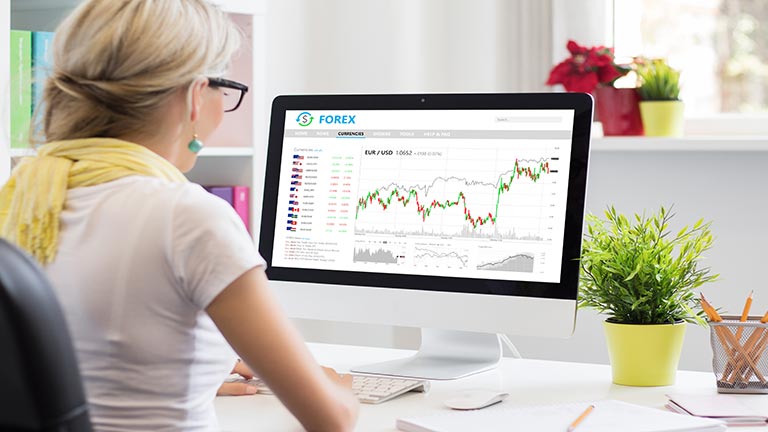Wesfarmers Enters the Lucrative Retail Media Market: Will it Pay Off?

By Dale Gillham and Fil Tortevski
Wesfarmers (ASX: WES) subsidiary Bunnings is making a bold play with the launch of Hammer Media, as it steps into Australia’s $1.6 billion retail media market. But will this fuel growth or turn into a costly misstep that drags Wesfarmers share price down?
What’s the upside for Wesfarmers?
To understand the opportunity, retail media is already a goldmine. Woolworths’ Cartology and Coles360 are pulling in hundreds of millions, while Amazon’s $73.5 billion ad business proves just how lucrative this space can be. Now, Wesfarmers wants in, promising advertisers' laser-focused targeting through in-store screens, shelf displays, and online channels. With 30 million monthly website visits and massive foot traffic, the potential upside is undeniable.
However, breaking into this space won’t be easy. The model pressures suppliers to shift budgets away from traditional advertising to retailer-owned platforms—something that could strain relationships, especially with smaller brands. Any missteps could dent Wesfarmers’ reputation and profitability.
What’s the downside risk for Wesfarmers?
On the stock front, Wesfarmers has been a powerhouse, with its share price nearly doubling from its 2022 lows and surging 165 per cent since the 2020 pandemic crash, reaching fresh all-time highs in February this year. However, since February 25, sellers have taken control, driving the stock down to the key $70 support level—a price buyers have vigorously defended since August last year. Despite six failed attempts to break below this level, history suggests that if buyers step up again, Wesfarmers could make another run at its all-time high. But if $70 fails to hold, the next major support to watch is $60.
Ultimately, Hammer Media is a bold statement of Wesfarmers’ intent to innovate. If they execute well, this could redefine the company’s future. If they fumble, it could be a costly distraction. Either way, this bet is just getting started and investors should be watching closely.
What are the best and worst-performing sectors this week?
The best-performing sectors included Financials up 2.55 per cent, followed by Energy, up 1.99 per cent and Industrials, up 0.45 per cent. The worst-performing sectors included Information Technology, down 3.30 per cent, followed by Real Estate, up 2.39 per cent and Healthcare, down 0.91 per cent.
The best performing stocks in the ASX top 100 included Mineral Resources, up 11.07 per cent, followed by Evolution mining, up 4.96 per cent and Santos Limited, up 4.62 per cent. The worst-performing stocks included Paladin Energy, down 17.38 per cent, followed by James Hardie, down 17.35 per cent, and NEXTDC Limited, down 10.42 per cent..
What's next for the Australian stock market?
Buyers maintained their dominance last week, pushing the All-Ordinaries Index up nearly 1 per cent, breaking through the crucial 8,200 resistance level. With this move, the market has now recaptured a third of its recent 10 per cent decline and while the recovery remains modest, it highlights strong buying momentum and a clear demand for quality stocks that were previously oversold.
Leading the charge were Financials and Energy stocks, with Consumer Discretionary close behind. This sector rotation points to growing consumer confidence, even as the federal budget failed to generate much excitement. Meanwhile, concerns over tariffs seem to have faded. The recent 25 per cent tariff on imported U.S. vehicles barely registered in the market, with investors instead focusing on Australia’s strong fundamentals, low debt levels, and high-demand exports.
Adding to the bullish sentiment, we’re entering April—historically the second-best month for gains on the All Ordinaries Index. Over the past 40 years, April has delivered an average return of 2.5 per cent, far outpacing the typical 1 per cent gain in other positive months outside of July. So, with buyers clearly in control and seasonal tailwinds at play, the market could be gearing up for a powerful run.
Building on this momentum, there are still quality stocks trading at a discount, but the window of opportunity won’t stay open for long. If this rally gains momentum, we could be looking at a retest of the all-time high sooner than expected.
For now, good luck and good trading.
Dale Gillham is the Chief Analyst at Wealth Within and the international bestselling author of How to Beat the Managed Funds by 20%. He is also the author of the bestselling and award-winning book Accelerate Your Wealth—It’s Your Money, Your Choice, which is available in all good bookstores and online.






